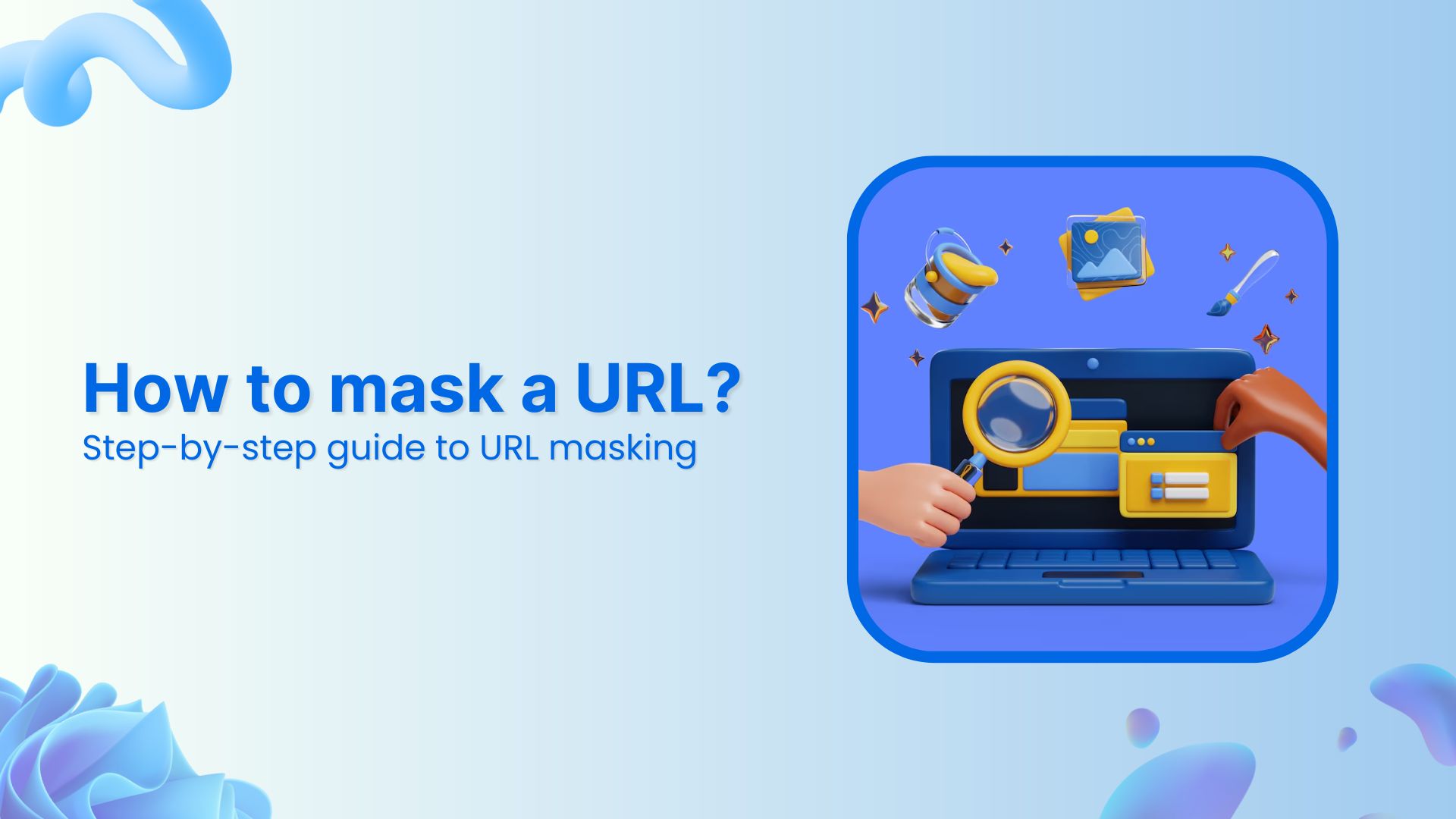TL;DR
How and why to use a Link Rotator?
A link rotator is a tool that allows you to rotate multiple links and track their performance. This can be useful for a number of reasons:
- A/B Test campaigns
- Promoting products in affiliate marketing
- Sending out emails in email marketing
- Driving traffic through social media
- Running ad campaigns
- Link Rotators and SEO
- Rotate multiple links
- Alter destination URLs
- Add a link weight
Read further to learn more….
Marketers use link rotation tools to understand the website visitors or audience response towards the provided URL links, so to speak. So if you share your website or actively share content on social media then use short URLs on social media to drive traffic to your website pages, blog posts or fan pages. Adding link rotation to your marketing repertoire can be a good way to convert more audience.
URL shortening is a popular link management tactic. However, the story doesn’t end with utilizing short links on social media. This is why we decided to shed some light on the concept of link rotation .
For those who are curiously waiting to find out where exactly we could use link rotators, this section is written for them. There are several occasions when you could use link rotators. Let’s find out:
1.A/B Test Campaigns
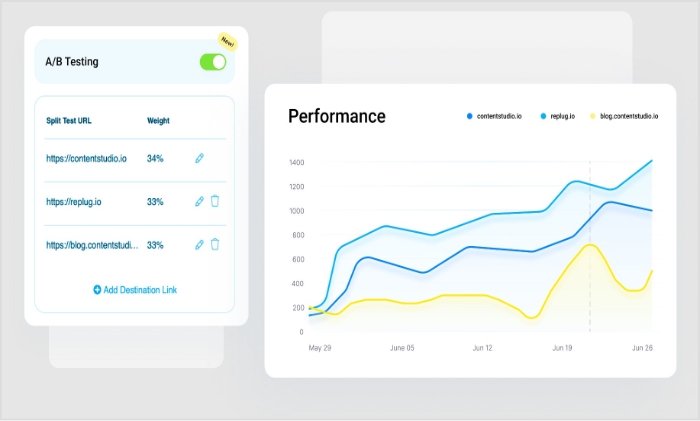
Link rotators could come in handy when you want to run A/B split testing campaigns with your links. Digital marketing may have a million ways to market your product or content, but the end goal of every strategy or tactic is to attract the audience to take action. Therefore, embrace the link management strategies.
Most top-notch URL shorteners have a link rotator feature for A/B testing. A/B testing is a testing strategy of creating two options for comparison. Usually, marketers test out two ad designs or ad headlines to do a comparison between them.
Since link rotators allow users to split the traffic to two different destinations, it helps them understand which one performed better. It could be two sales pages or separate websites.
2. Promoting products in affiliate marketing
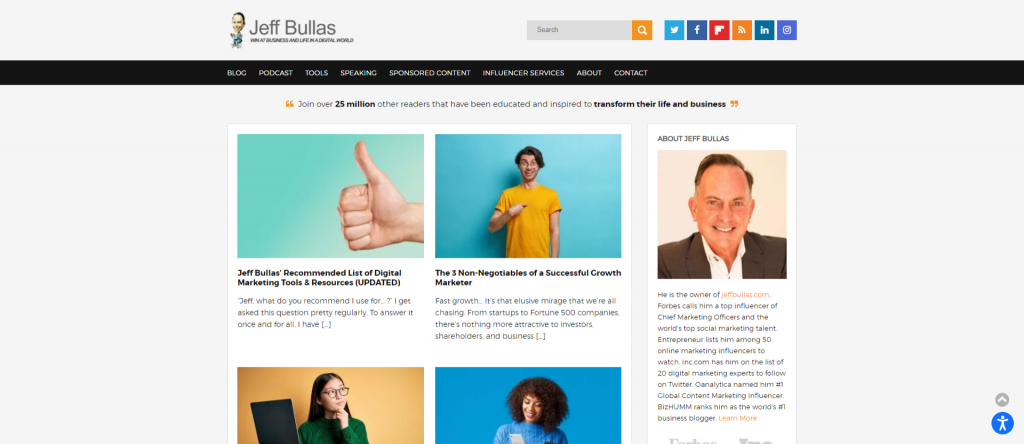
Affiliate marketing is a monetization model that allows marketers to earn commissions on sales. Affiliate marketers – whether they’re bloggers, YouTubers, or Instagram influencers – the majority of them use short links for their affiliate links.
Plus, short URLs are used for almost all the outbound links that they need to track. There are short URL WordPress plugins that most of them use for shortening their URLs .
Link rotation could be used in affiliate marketing by setting up two different links to see which drives more visitors or which one attracts more eyeballs. It could quite be an experiment, because affiliate marketing depends on link clickability. One can’t earn a living with affiliate marketing if links aren’t being clicked.
Related: Affiliate Marketing Guideline for Beginners
3. Sending out emails in email marketing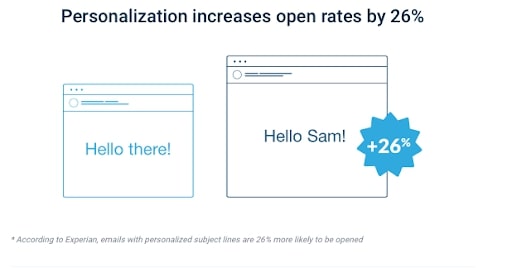
Email marketing is a digital marketing strategy that allows brands, businesses, and marketers to reach out to their subscribers via email. The subscribers must opt-in to receive the email newsletters.
Email marketers use their email content to convey their message and insert links to drive traffic to their websites or landing pages.
Link rotators could be infused into an email marketing campaign by adding two or more links with different anchor texts across multiple emails to see which one works best. However, one has to make sure that all the links are pointing to the same page.
Related: Email Marketing: The Best Time And Day To Send Your emails And Make An Impact
4. Driving traffic through social media marketing

Social media is a powerful source of website traffic. Marketers heavily rely on social media platforms such as Pinterest, YouTube, Quora, and Facebook to get website traffic. A small portion of that social media website traffic could convert into paying customers.
Link rotation could be used on social media when driving website traffic. Since link rotation helps you understand how the audience behaves towards your links, it gets easier to understand the acceptability of a specific URL or website page.
Related: 8 Ways to Increase eCommerce Sales Using Social Media
5. Running ad campaigns
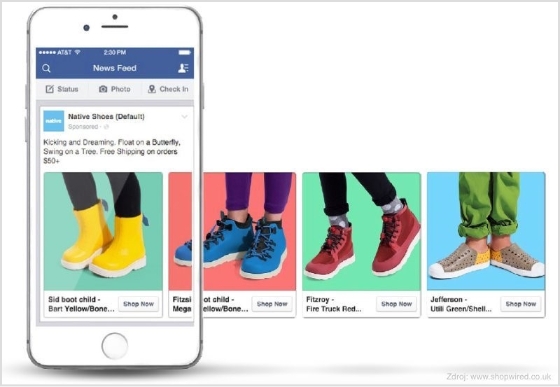
Online ad campaigns are incomplete without providing thedestination URLs. Advertisers usually drive traffic through their online ads to the landing/sales pages or product pages on the website.
Link rotation could help advertisers with creating multiple links for their pages to analyze how those users receive those links.
So these were a few of the use cases of link rotators in digital marketing, but I’m sure there are plenty of other areas where link rotators could help marketers.
Related: How To Optimize Your Retargeting Efforts To Win Back Online Customers
6. Link Rotators and SEO
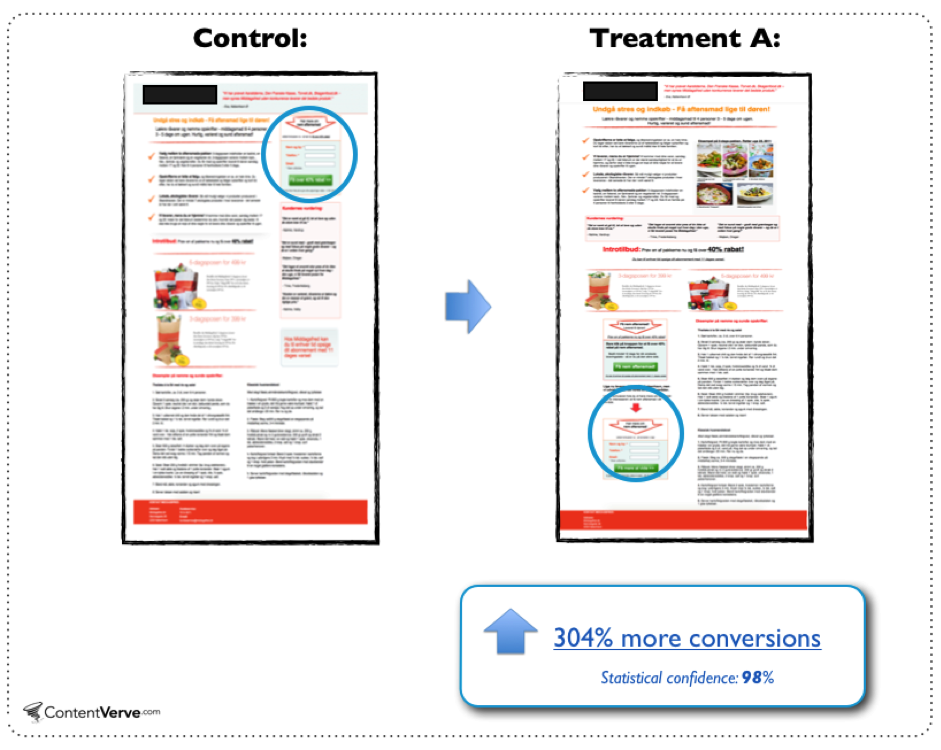
(Data Box)
Link management is a vast domain and doesn’t only cover URL shortening. You must have learned so far that link rotation is a vital feature of URL-shortening tools.
Link rotators could come in handy in SEO for many reasons. One of those reasons is that link rotators go hand-in-hand with A/B testing and SEO experts split tests with landing pages, CTAs, navigation, content, and other stuff all the time .
Link rotators assist marketers and conversion specialists with driving traffic to specific pages or rotating some visitors for testing purposes. The reason behind pivoting some of the website visitors could be bringing some attention to the specific offer or landing page.
Similarly, the clickability on the CTAs or banners could also be analyzed by using the link rotation technology.
7. Rotate multiple links
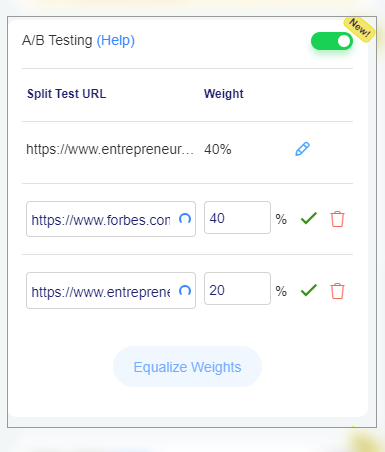
One of the reasons why you should be trying out the link rotating feature is to rotate multiple links for testing purposes. You might want to see which one works best for you. For instance, if you have a dedicated domain registered for your short URLs, you could test out the link shortening with the custom domain and the regular domain to see the difference.
8. Alter destination URLs
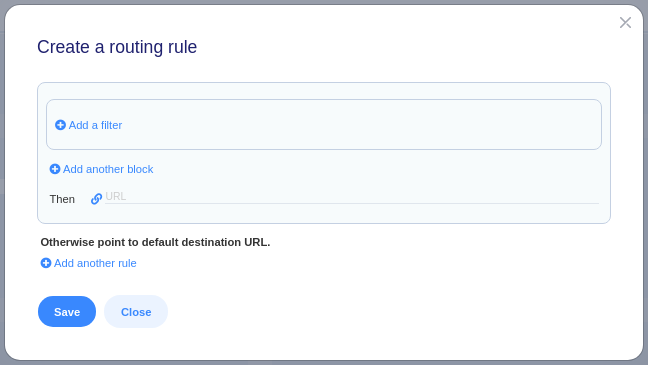
Altering or rotating destination URLs is one of the features that most URL rotators offer . It allows marketers and bloggers to test the outcome if they switched the destination URLs, meaning if the traffic lands on a different destination page.
9. Add a link weight
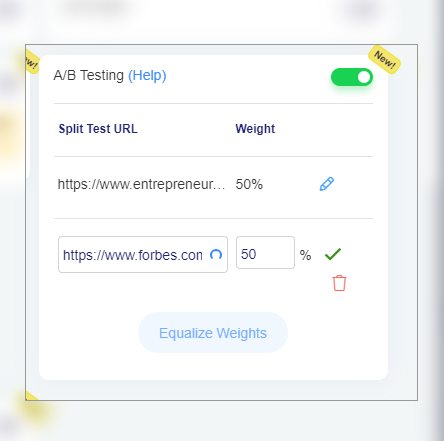
Adding a link weight is the ability to tell the link rotator about the importance of two or more links by setting a certain percentage for each link. Replug allows users to set the weight while A/B tests the URLs.
In conclusion, link rotators provide a number of benefits for online marketers and businesses. They allow for easy tracking and analysis of traffic, enabling users to see which links are performing well and which are not. They also offer the ability to rotate multiple links, providing a way to test different campaigns and marketing strategies. Overall, link rotators offer a powerful tool for optimizing online marketing efforts and are an essential part of any online business strategy.
Why to disguise your links?
Guide to use QR code marketing
URL link management
Deep linking marketing






























